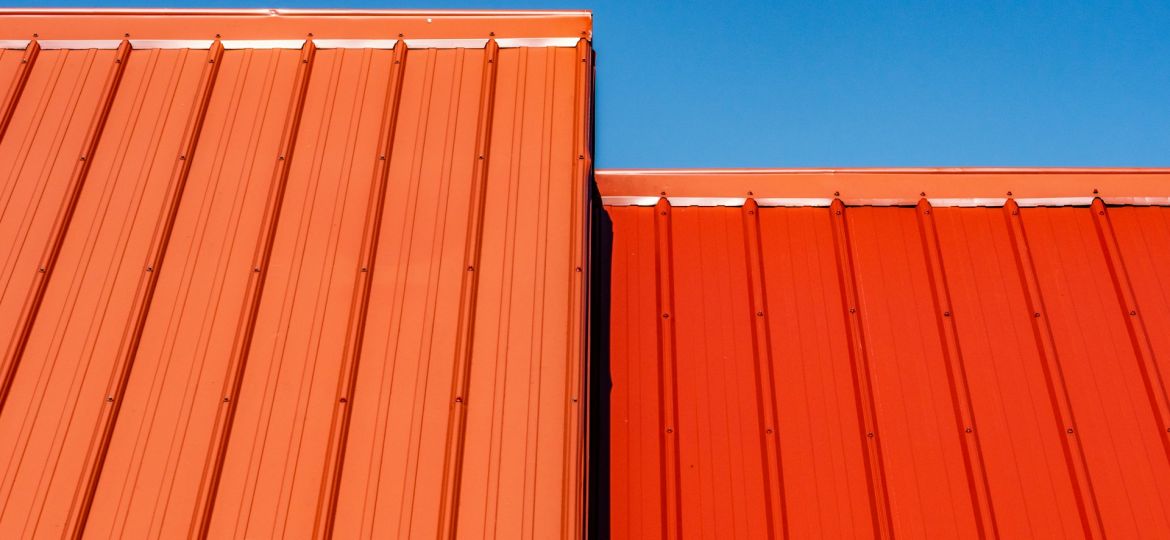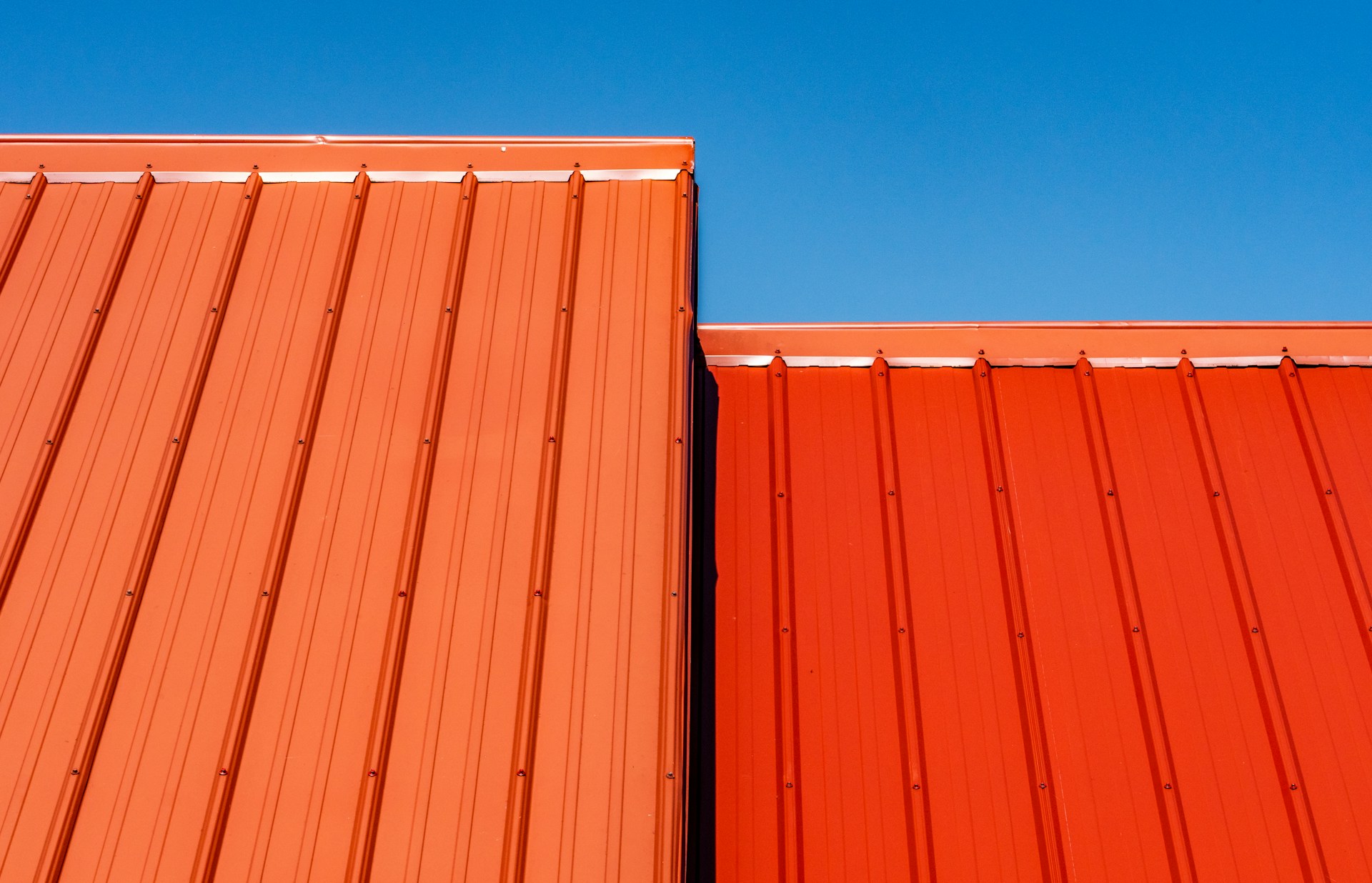

As homeowners consider the prospect of installing a metal roof, it’s crucial to be well-informed about the potential drawbacks associated with this roofing option. This article delves into the key disadvantages of metal roofs, providing valuable insights for homeowners navigating the decision-making process. By shedding light on these considerations, we aim to empower homeowners to make informed choices aligned with their specific needs and preferences.
Disadvantage #1: High Initial Cost
When considering a metal roof for your home, it’s important to acknowledge the significant upfront cost involved in the installation process compared to traditional roofing materials. The initial investment in a metal roof can be notably higher, factoring in the materials and installation expenses, which may pose a financial challenge for homeowners.
In comparison to asphalt shingles, the cost of a metal roof tends to be significantly higher. While some may view this initial cost as a substantial barrier, it’s essential to weigh the immediate financial impact against the long-term benefits. Despite the potential for durability and longevity, the upfront expense of a metal roof may not align with the immediate budget constraints of homeowners. This disparity in cost can be a crucial consideration in the decision-making process when evaluating roofing options for your home.
Disadvantage #2: Noise During Rain and Hail
When it comes to metal roofs, homeowners often express concerns about potential noise issues during heavy rain or hailstorms. The sound of raindrops hitting a metal surface can be more pronounced compared to traditional roofing materials, leading to a perception of heightened noise within the interior living spaces. Similarly, hail impacts on a metal roof can also produce significant noise, potentially causing disturbances for residents.
The amplified noise during adverse weather conditions can be a valid concern for homeowners considering metal roofing options. Understanding and addressing these potential noise issues is crucial when making decisions about roofing materials, ensuring that the overall comfort and well-being of occupants are taken into account.
Disadvantage #3: Expansion and Contraction
Metal roofs are subject to expansion and contraction as a result of temperature fluctuations, which can have implications for the structural integrity of the roofing system over time. When exposed to high temperatures, metal roofing materials expand, and conversely, they contract in response to cooler temperatures. This continuous cycle of expansion and contraction, particularly in regions with significant temperature variations, can exert stress on the roof components, potentially leading to structural issues if not addressed appropriately.
In contrast, asphalt shingles, a common alternative to metal roofing, do not exhibit the same level of expansion and contraction as metal roofs. The more flexible nature of asphalt shingles allows them to adapt to temperature changes without undergoing significant structural stress. This characteristic contributes to the widespread use of asphalt shingles in various climates, where they offer reliable performance and durability without the same concerns related to thermal movement experienced by metal roofing systems.
Disadvantage #4: Denting and Scratching
The susceptibility of metal roofs to denting and scratching, especially in regions prone to severe weather conditions, is a significant consideration for homeowners evaluating roofing options. Metal roofing materials, while durable, can be susceptible to damage from impacts such as hail, fallen branches, or other debris propelled by strong winds. The potential for denting and scratching raises concerns about the long-term appearance and structural integrity of metal roofs, prompting homeowners to carefully assess the resilience of their chosen roofing material.
In areas prone to severe weather, the risk of denting and scratching becomes a focal point in the decision-making process for homeowners considering metal roofs. Understanding the impact resistance and protective coatings available for metal roofing systems is crucial in addressing these concerns and ensuring the longevity of the roof in the face of adverse weather conditions.
Disadvantage #5: Limited Color Variety
The color variety available for metal roofs is often perceived as relatively limited compared to other roofing materials, posing a consideration for homeowners seeking to align their roof’s aesthetic with the overall visual appeal of their property. While metal roofing manufacturers offer an array of color options, the selection may not rival the extensive palette available for alternative roofing materials such as asphalt shingles. This potential constraint in color diversity prompts homeowners to carefully evaluate the available choices to ensure harmonious integration with their architectural and design preferences.
In contrast, asphalt shingles boast a wide spectrum of color options, ranging from traditional earth tones to vibrant hues, providing homeowners with greater flexibility in achieving their desired aesthetic outcomes. The expansive color variety associated with asphalt shingles presents an advantage for homeowners aiming to personalize their roofing selections and enhance the visual impact of their homes.
Conclusion
In conclusion, understanding these key disadvantages associated with metal roofs is pivotal for informed decision-making. Consulting with trusted roofing professionals such as A Better Roofing Company can provide valuable guidance and expertise throughout the decision-making process, ensuring that homeowners make choices that best suit their individual needs and preferences.

